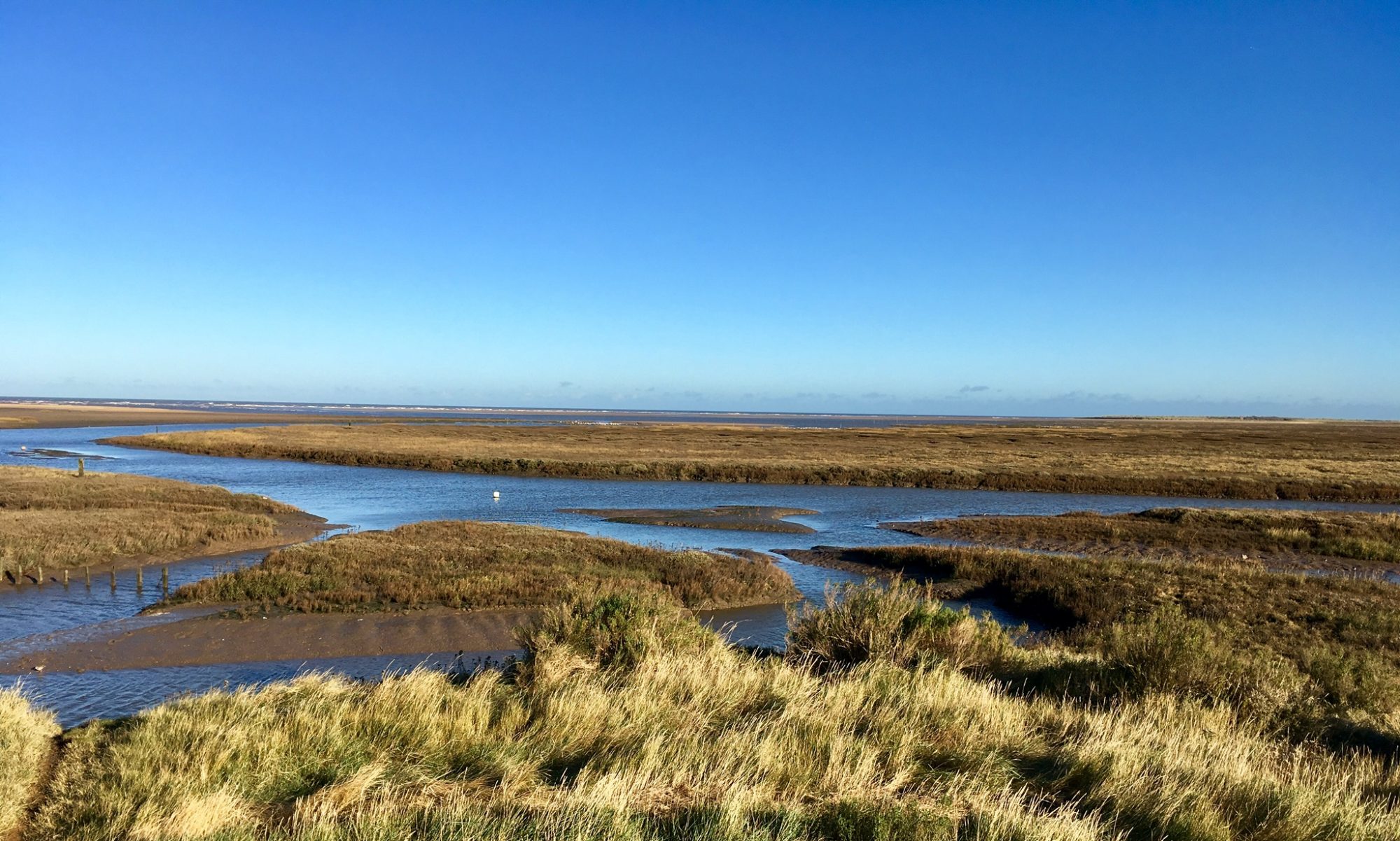This image keeps popping back into my head even though I took it well over a year ago.
We were on a camping trip with my son, Luke and his family to Clapton-on-the-Hill, Gloucestershire. The campsite, owned and run by an elderly lady, was dominated along one side by a big, old, dark brown barn. Some of the slats were slipping, leaving just enough space for an iPhone to take aim. It was late evening, the sun was sinking and a blackbird sang. It was as though each object in the barn had been specifically placed in order to create this composition.

I can tell you know more, it is just a snapshot in time. Another moment to savour, it reminded me of:
Adlestrop by Edward Thomas (about a Gloucestershire village station):
Yes. I remember Adlestrop
The name, because one afternoon
Of heat, the express-train drew up there
Unwontedly. It was late June.
The steam hissed. Someone cleared his throat.
No one left and no one came
On the bare platform. What I saw
Was Adlestrop—only the name
And willows, willow-herb, and grass,
And meadowsweet, and haycocks dry,
No whit less still and lonely fair
Than the high cloudlets in the sky.
And for that minute a blackbird sang
Close by, and round him, mistier,
Farther and farther, all the birds
Of Oxfordshire and Gloucestershire.






































